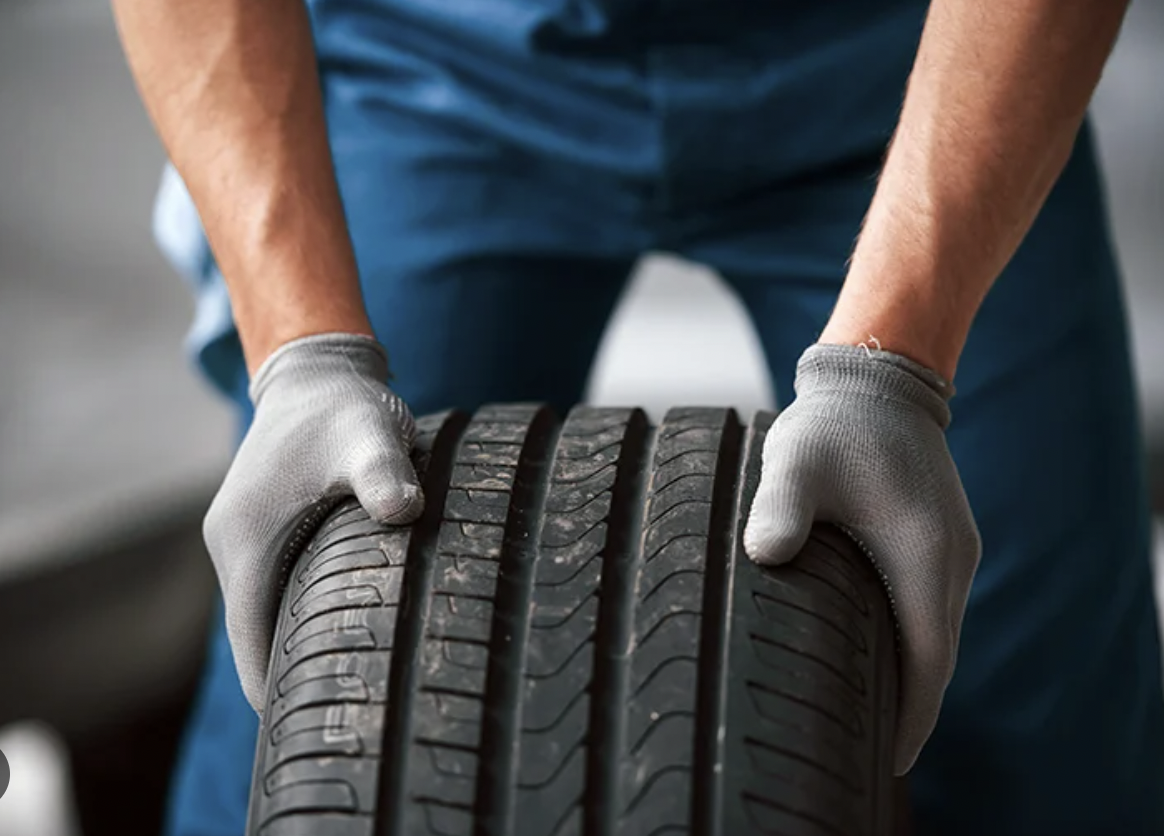Width
Current Selection:
Make
Current Selection:

Directional Tyres & Their Tyre Design Explained
The question "What are directional tires?" certainly has a lot of you curious. Directional tyres can only rotate in one direction, which is a straightforward explanation.
Basically, a directional tyre arrow is formed by the siping details, broad grooves, and tread components that all point down and forward.
High-performance and performance cars are ideal candidates for directional tyres. They have good traction in icy and wet road conditions. They can effectively remove water and slush from the footprint if mounted properly.
We'll discuss directional tyre patterns, how to identify them, how to install them, and which direction to rotate directional tyre patterns.
What are the signs that a tyre is directional?
There are three different tread pattern types: directional, asymmetrical, and symmetrical. Although they appear to be similar at first glance, they are completely different when you examine the specifics of the tyre tread direction.
Let's discuss how to determine whether tyres are directed. There are two methods for learning.
The first is to examine the deep grooves, siping details, and tread components that combine to make a Y or V shape. The tread pattern will specifically resemble a tyre direction arrow pointing in one direction.
The second one concerns the mounting angle. In other words, models with directed treads must point in a specified direction during installation. The direction of the tyre is indicated by a symbol on the tyre sidewall.
How Do You Mount Directional tyres?
There is no precise way to mount tyres with symmetrical or asymmetrical tread patterns. On the other hand, each directional tyre tread features an arrow symbol or a comparable design on the sidewall. This directs attention to the car's front. When rotating or installing a tyre, it's imperative that you pay close attention to the directional markings on the tyre.
Your directional tyres may wear more quickly if they are mounted backward, which might cause noise and vibrations while the performance is being given. The tyre no longer offers its advantages, which makes for a terrible driving experience. It would be better to replace the tyre correctly in these situations if the directional tread pattern was placed incorrectly.
How are directional tyres rotated?
Let's examine how to spin them after understanding what a directional tyre is and how to mount one. What is the order of their tyre rotation?
The arrow sign indicates the direction that the directional tyre tread may spin in, as you are aware. Therefore, it must be turned from front to back in the direction indicated by the symbol. The tyre's rotation remains unchanged in this manner, allowing it to operate safely and to the extent of its capabilities.
Without initially being remounted on the rims, directional tyres cannot be turned from left to right.
tyre rotation pattern for direction
Tyre rotations come in two flavors. The first one is for cars with front-wheel drive, while the second one is for those with rear- and four-wheel drive:
- With front-wheel drive (FWD) the rear tyres are positioned on the same sides up front while the front tyres are positioned on the opposite sides down back.
- Rear (RWD) and four-wheel-drive (4WD) systems transfer the front tyres to the same side on the back while keeping the rear tyres on the same side.
- All-wheel-drive (AWD) car tread patterns may be turned in a "double X." It means rotating the front tyres to the opposite side from the rear while rotating the rear tyres to the opposite side from the front. You must, however, appropriately remount these unidirectional tyres on the rims.
By using the proper rotational technique, you can complete the rotation on directional tyres. It indicates that, as previously described, the tyre tread pattern on the tyres points in the right direction.
Pros and Cons of Directional tyres
When performing, directional tyres have a lot of advantages. Better traction in winter and wet conditions is provided by this tread pattern. They are successful in diverting water and slush from the footprint.
This tyre tread pattern encourages a fuel-efficient drive by reducing rolling resistance. The majority of directional tyres are produced by brands for racing or sports automobiles, making them excellent for high-speed performance.
However, the main issue with directional tyre models is their high price. These various tread tyre types also have less usefulness and shorter tread lifespan.
So, are directional tyres therefore better than normal ones?
For performance and high-speed performance automobiles, directional tyre types are preferable. Additionally, they can successfully remove water and slush from the footprint and avoid hydroplaning. Furthermore, due to their low rolling resistance, they may be fuel-efficient.




The information below is required for social login